Some Croatian Anki panki
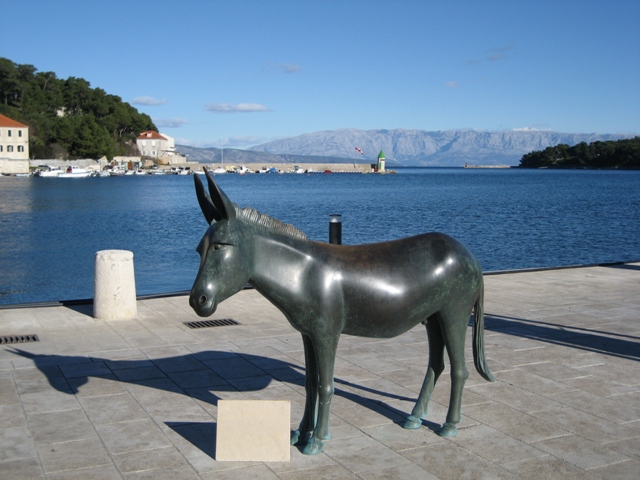
This week: Horticulture; Language; Weather; Jelsa;
We have had the last of the Christmas holidays this week. Wednesday was the 6th of January, the festival of the Epiphany or the visit of the Three Kings.
In many European Catholic countries, it is a public holiday. So shops here have been closed and the kids are still on holiday. School starts again next week.
Horticulture
I have been doing more work around my Dol house, planting the last of the bulbs, cutting more wood for the wood stove and working on finishing the bathroom.

These are the Hyacinth which I dug out last year and have now planted all together under a Mandarin tree where it is sheltered.
I also planted these Allium giganteum close to the path up to the donkey track, where they will be seen by passers by.
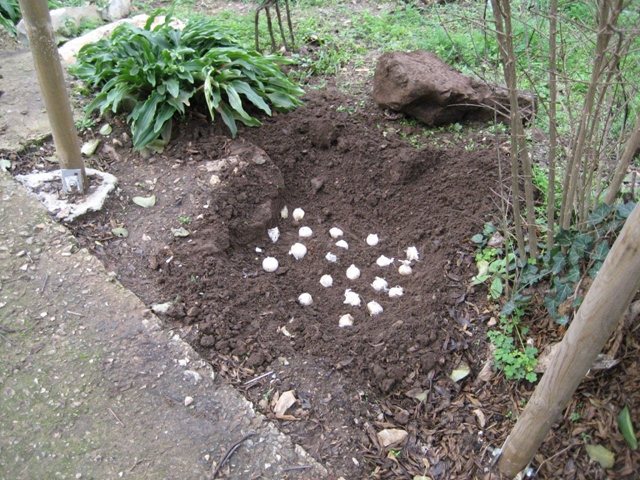
All the Christmas decorations have been removed and put back in their boxes until December rolls around again and my thoughts have turned to the work I need to do over the next few months.
Outside, the first flowers of spring are blooming. As I looked out of the kitchen window on New Year’s morning, I was trying to work out what the white bits were that were close to where Risha usually sits to sun himself.
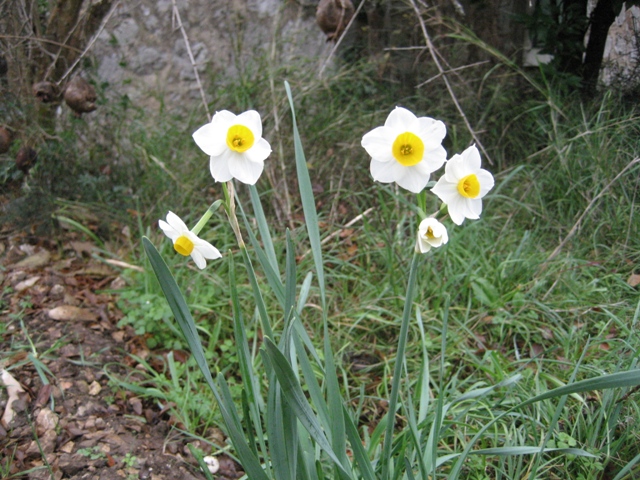
When I went out for a closer inspection, I found that they were Narcissus which have just come into bloom. What a lovely surprise for the New Year.
There are quite a lot of them that are in bud, so I will have a nice display for the next week or two. I do not recollect seeing them at all last year.
Weather
I am spreading the wood ash from the stove on some of my gardens where the clay soil is especially bad, in the hope that the potash will improve the soil texture and re-introduce trace elements into the impoverished ground.
We have had rain this week, only some 55 mm, but it will help wash the ash in, before I turn the soil with a Rotavator in a month or so.
In the greenhouse, my winter tomato plants have been potted on. I had been thinking that I might have had tomatoes at the end of January, but I suspect it will now be the end of February.
There are a lot of bees, busy pollinating the various citrus trees. Some are solitary Bumble bees, like this one, resting on the kitchen wall.

Others are honey bees, although I do not know where their hive is.
As well as the rain, we have had some sunny days and with a wind coming from the west. It was strong enough to make waves break on the shore and to create “white horses” out in the fjord which forms the approach to Stari Grad.

Language
It being the New Year, and a time for resolutions, I have been making strenuous efforts to improve and increase my knowledge of Croatian. English and German are spoken widely, but I really need to start mastering the language beyond the basic grasp I have.
Talking to people here, at one end of the scale I get “Why bother learning, everyone speaks English” to “You have to learn Croatian quickly”. But which Croatian?
Standard Croatian, or Hrvatski is the language of government and schools and is derived from the Serbo-Croat language. It is based largely on the štokavian dialect, which was the most widely spoken of three dialects in the lands which make up the country of Croatia.
However local dialects are widely spoken and local people here on the island sometimes do not know the standard Croatian word for something. Equally, travel to Split and people there will not understand the dialect spoken on Hvar.
A good example is the simple clothes peg. Here on the Island, called a ‘štipunica’, but in standard Croatian, a ‘štipaljka’.
The Croatian alphabet has 30 letters. There is no letter Q, W, X or Y. There are additional diacritical letters č, ć, đ, š, ž and digraphs lj, nj, and one Dž, which is both a diagraph and a diarcritic.
But the good news is that letters are always pronounced the same, and if a letter is in a word, then the sound is there. So no silent letters, as there are in English. The letter š is pronounced ‘sh’, as in ‘sheep’.
I found a really useful programme to help me learn the language. Called Anki, it is officially a “Spaced Repetition Flash Card” programme that you create yourself.
You can create anything you want using the programme, vocabulary, phrases, pronunciation or whatever you wish. It is not just for languages, but can be used for anything that you have to learn.
The programme limits study to 20 minute blocks of time and you mark yourself on how well you do. The programme often repeats words which you struggle to remember and brings up words which you know, less frequently.
You can add audio and images or graphics, in fact anything to help you learn. For me as a Visual Spatial learner, it works!
Jelsa’s donkey
I had to go down to Jelsa this week to buy timber for the new gates that I will make for my driveway. It was a sunny day, so I walked from where I left the car at the DIY shop, through the park to the harbour.
Over the winter the municipality has been busy re-laying stone sets around this pleasant little harbour.
A double row of date palms has been planted, and sheltering under them is a bronze donkey.

At it’s feet there is a carved stone plaque, which is a little difficult to read in the photograph, but it says in Hrvatski and English:
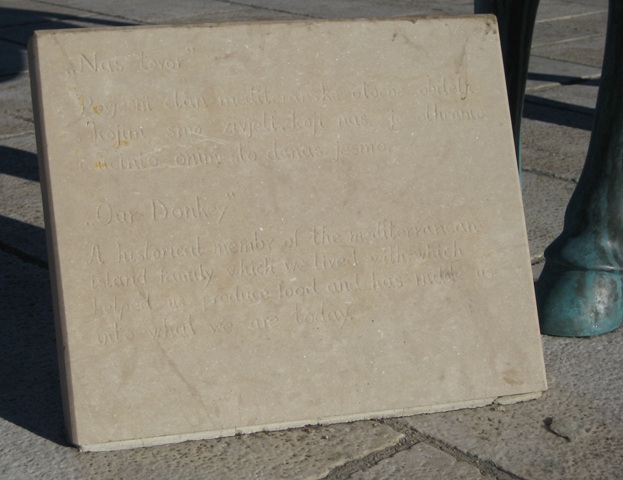
” Our Donkey – A historical member of the Mediterranean island family, which we lived with, which helped us produce food and has made us into what we are today.”
A very nice sentiment and a reminder that my Dol house has a donkey stable and several hitching loops outside the buildings, where said animals were tied to.
The harbour in Jesla was calm and quiet, with no tourists at this time of year. In the distance, you can see snow on the very top of Sveti Jura, the second highest point in the Dinaric Alps, at 1762 metres.

Meanwhile in my garden on Saturday, I have enjoyed 16 degrees Celsius all day. My ground temperature thermometer, at 5 centimetres below soil level is registering 11º c, quite warm for early January. No wonder the bulbs are flowering.
So, at the end of the first week of January, I am going to make my “to do” list for the next month, always providing that Risha and Callie let me. NRC

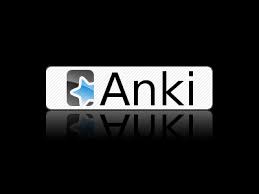
Leave a Reply